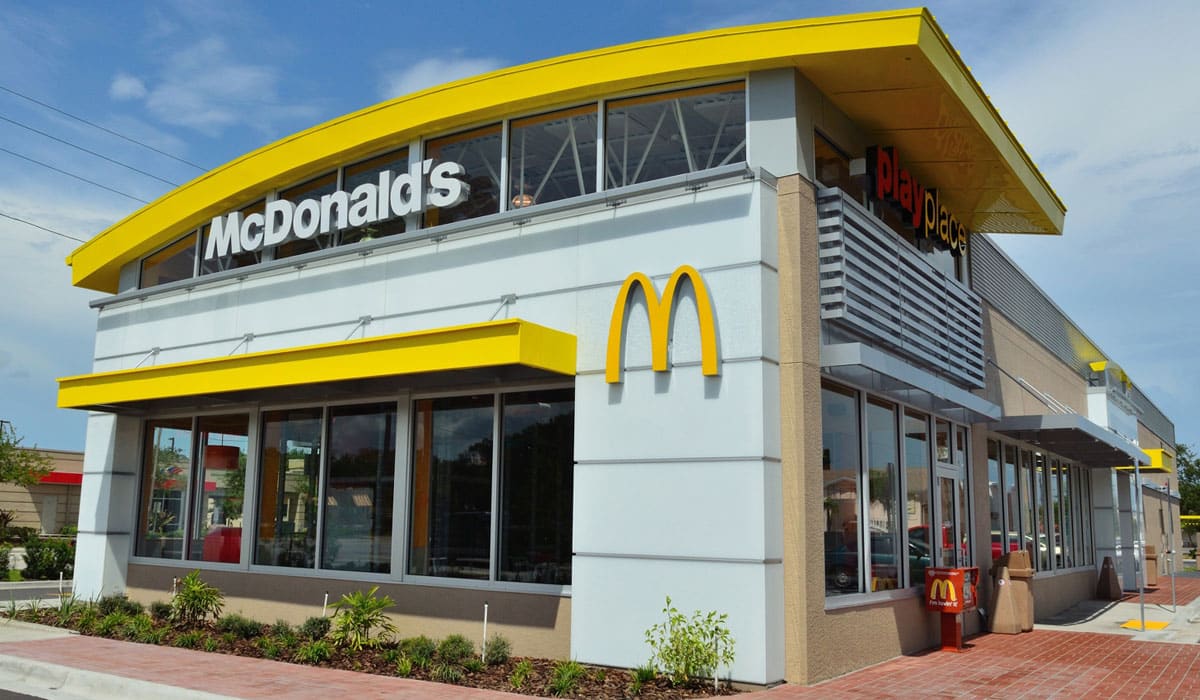One of the most time-worn concepts in restaurants is the notion you hire for skill rather than experience. After all, the industry’s classic position as an entry-to-the-workforce employer lends itself to blank resumes. Wesley Suitt, head of client success—Americas at Harver, a volume hiring solution for hourly roles that works with McDonald’s and Chili’s, believes brands basing their recruitment process on CVs are failing short. That would have been true pre-COVID, he adds, but now you’re also grappling with a climate where 6 percent of the hospitality industry’s total workforce quit in February—more than any other sector.
Solving this hurdle isn’t as elementary as hiring for personality. Suitt says traits such as communication, collaboration, social skills, or availability/flexibility, can right-fit candidates into restaurant roles if operators know how to identify them. There are certain types of assessments, like situational judgment tests or personality questionnaires, Suitt believes should be included in the application process to assess target skills as restaurants try to turn the labor corner.
Suitt chatted with QSR about recruitment best practices, what interviewers are getting wrong, and what hourly employees are looking for headed into the summer season.
Firstly, tell us about your company and what you all do, as well as some of the restaurants you’ve helped.
Harver is a volume hiring solution that helps companies around the world hire better, faster and in a fair manner. Our goal is to help clients digitally transform their candidate selection process into an enhanced and seamless experience for recruiters, hiring managers and candidates. Some restaurants that we’ve worked with include McDonald’s, Chili’s, and Burger King.
I’ve heard the notion, focus on skills not experience, often from restaurants over the years, especially lately. But how do you actually identify that as a recruiter, or manager?
First you determine what kind of skills you’re looking for in a candidate based on the open position that you’re working to fill. Then, recruiters can identify if a candidate has these skills through two main assessments: Situational judgment tests (SJTs) and personality tests. With SJTs, applicants are presented with a series of scenarios that are specific to the open role and asked to select what the best and worst response would be in that scenario. This test offers the recruiter a look into how the candidate would react in real-world situations. Personality questionnaires show if a candidate is a right fit for the company’s culture and highlights their transferable skills. Technology is available to automate this assessment process to still ensure a fast experience for both candidates and recruiters.
What are interviewers in the restaurant space generally getting wrong?
Recruiters and interviewers in the restaurant space that still have outdated application processes in place are getting it wrong, since it’s a candidate’s market right now. They need to focus on the candidate experience, remove any obstacles and ensure that it’s unburdened and informative for the candidate. Also, interviewers that are not upfront and transparent about the requirements of the open position will likely experience higher turnover rates, which can result in lost time and money.
What would you say employees, namely hourly workers, are actually looking for from restaurants at this stage?
A key component that hourly employees value is flexibility, especially when companies provide their staff with the autonomy to adjust schedules themselves by utilizing on-demand scheduling solutions. Others include a solid work environment and culture, growth opportunities within the company, and additional benefits like an increase in wage or stay bonuses.
Talk about the job listing process itself. What are some tips and techniques for brands to get the right message across?
Standard job descriptions are no longer a viable way to attract talent. Candidates want to know more than just a quick blurb about the job along with the responsibilities and requirements. Candidates want to know about the culture of the organization, growth opportunities, and get a sense of what it is really like working for that company. This is no doubt harder to do, but the companies who are attracting top talent have made this type of messaging a priority in job listings.
What are the kind of skills restaurants should be looking for in employees? And how do you identify them?
Some skills that are beneficial for restaurant workers to have include communication skills, collaboration, social skills, adaptability, initiative, customer-orientation and result-orientation. These skills are at the core of customer service roles because these roles involve constant communication, working in teams, engaging with customers, rapid change in daily tasks, and the need to enhance the customer experience.
Is retention as much about making the job better inside a restaurant today as it is offering better perks?
Yes. While companies that invest in their workers with additional benefits and perks should see more loyal and long-term staff, creating a great work environment is also key to increasing loyalty among staff. For example, if increased benefits aren’t an option, companies should focus more energy in building a close team and relationship with staff.
Broadly, where do you think this labor challenge goes from here? It seems like workers are returning, but the industry might not ever return to previous levels.
Even though some workers have returned, some workers have left the hospitality industry altogether and moved to either gig work or more reliable jobs like office positions, education and other industries such as logistics jobs. However, the restaurant industry is a staple industry across the world and is not only an amazing part time or “for now” job, but also provides long term careers. I believe the current labor market has brought to light some systemic problems that the industry is now addressing and in the long run, be stronger for it!

